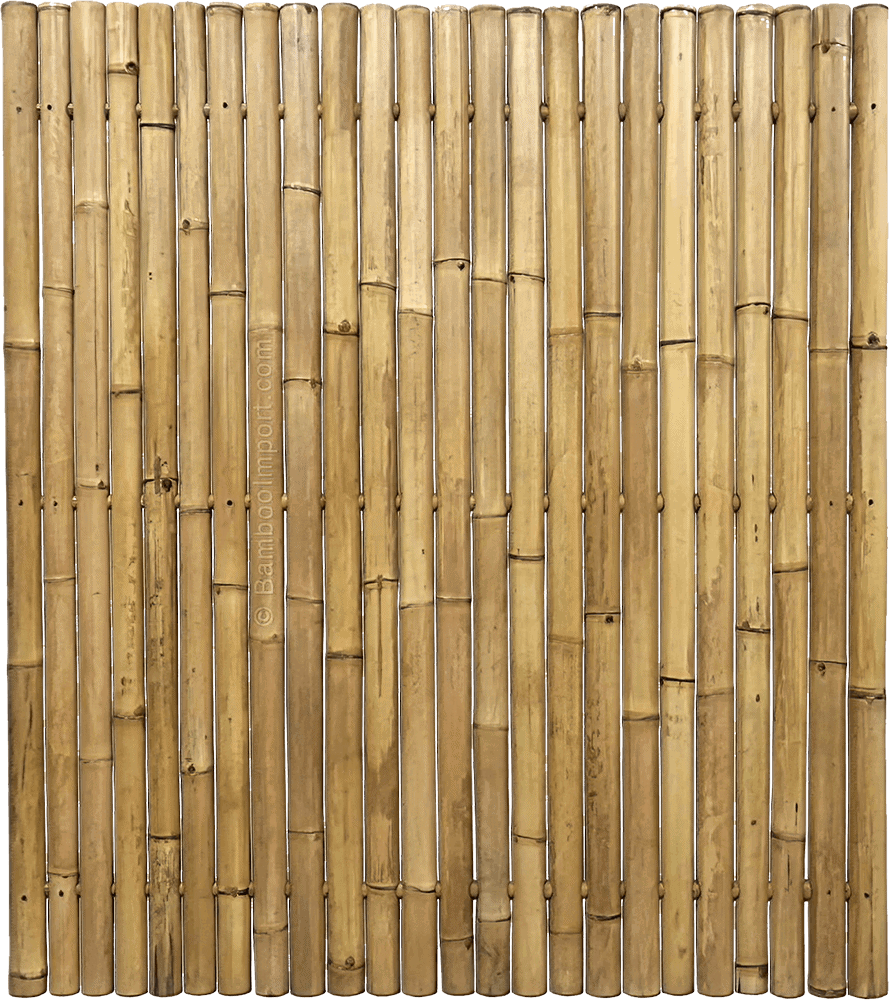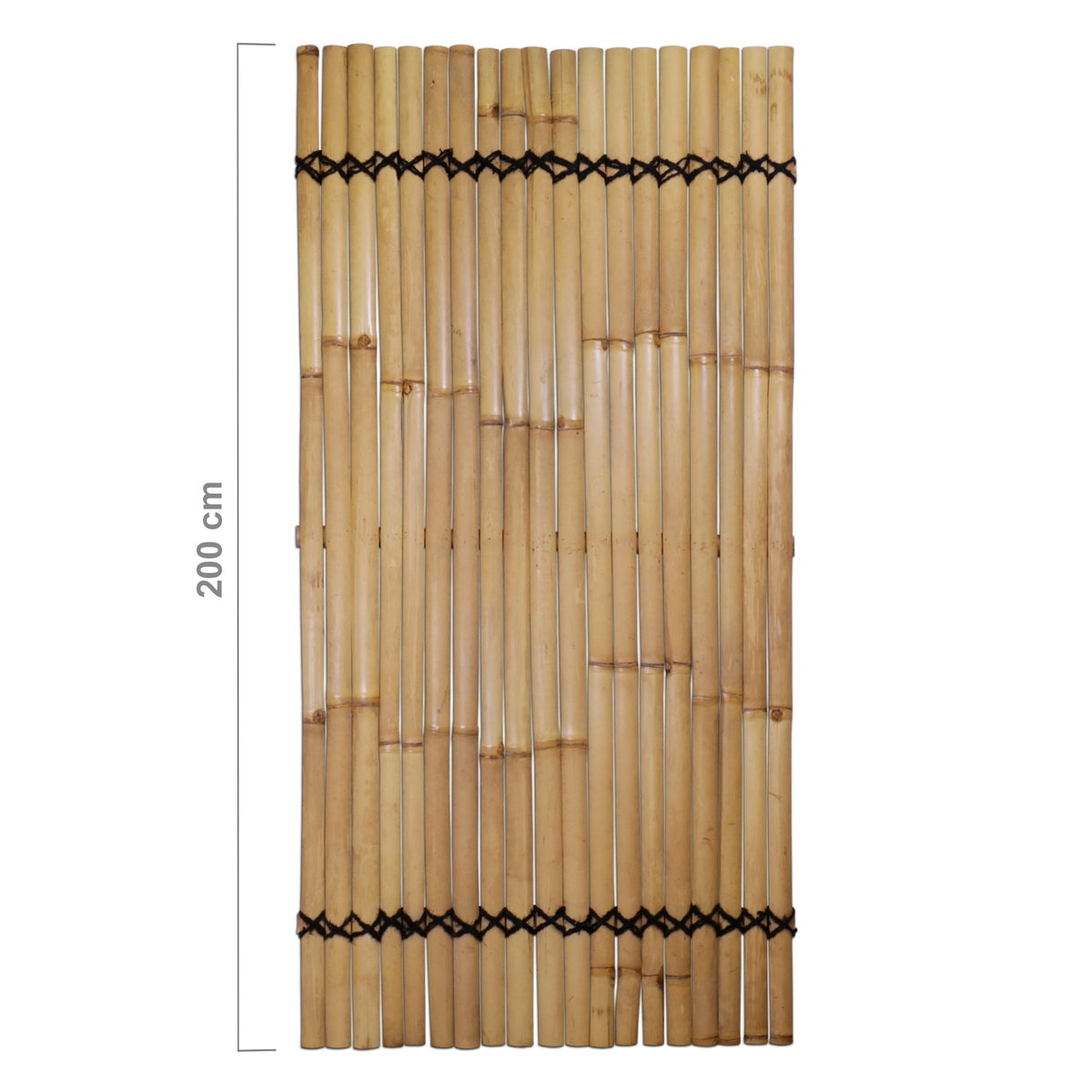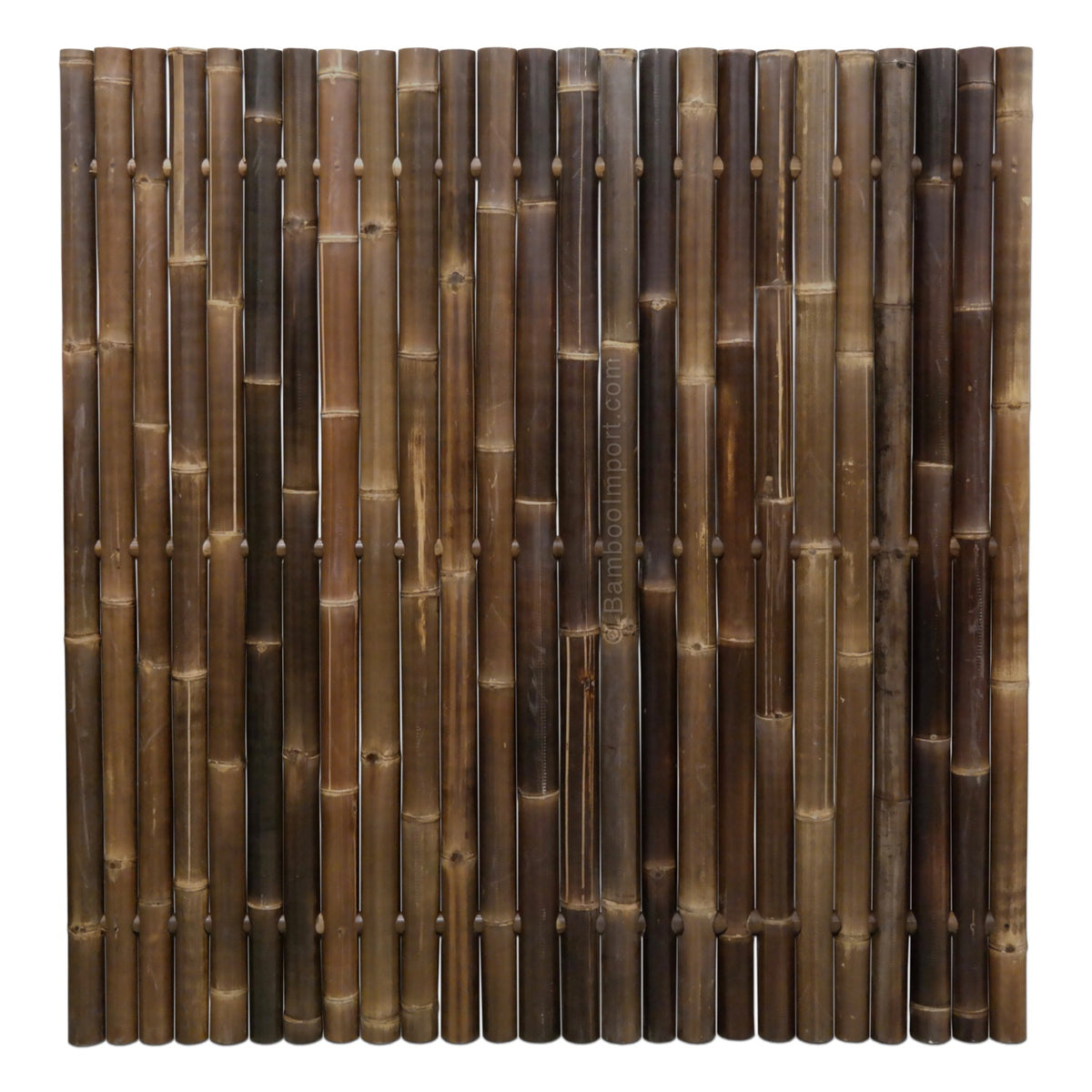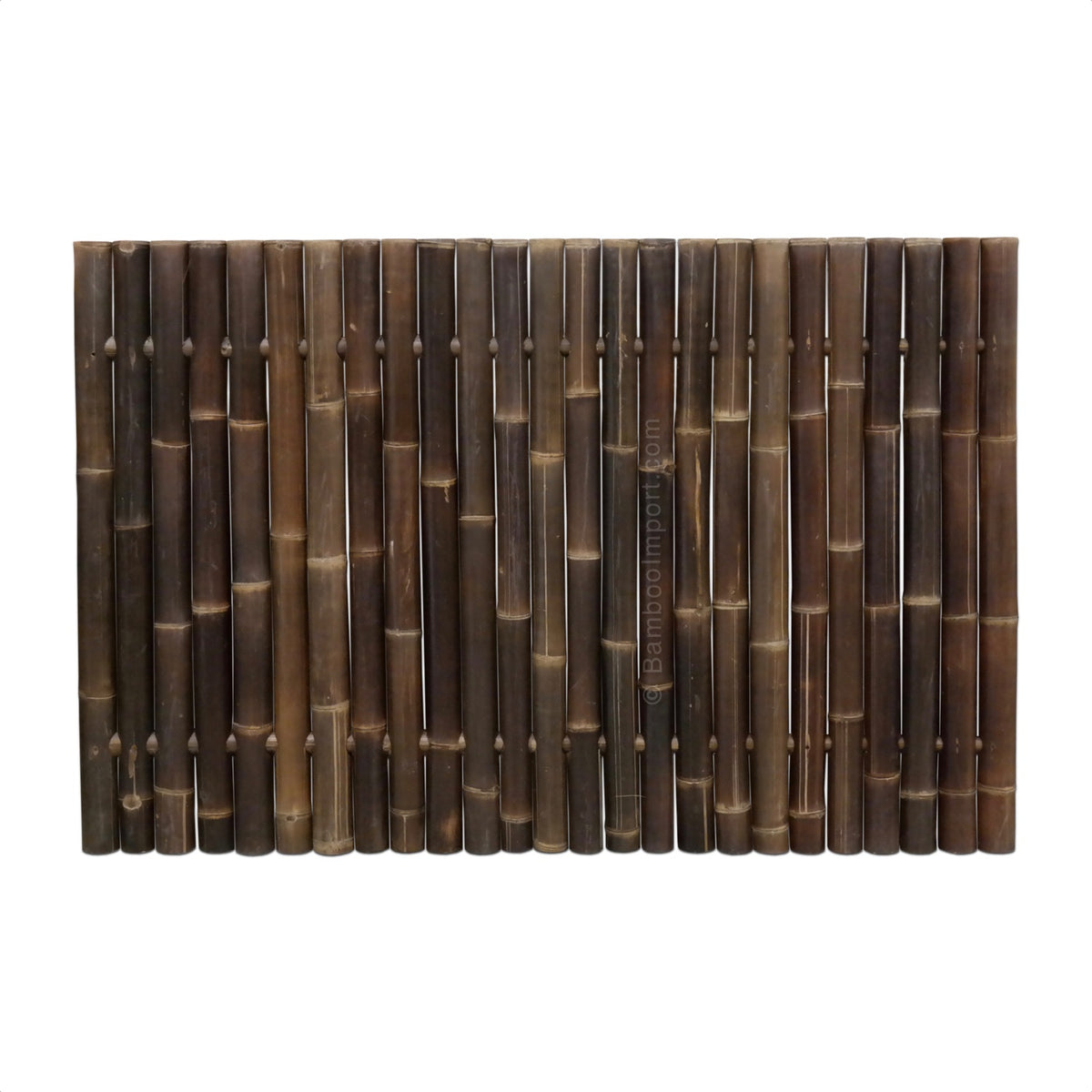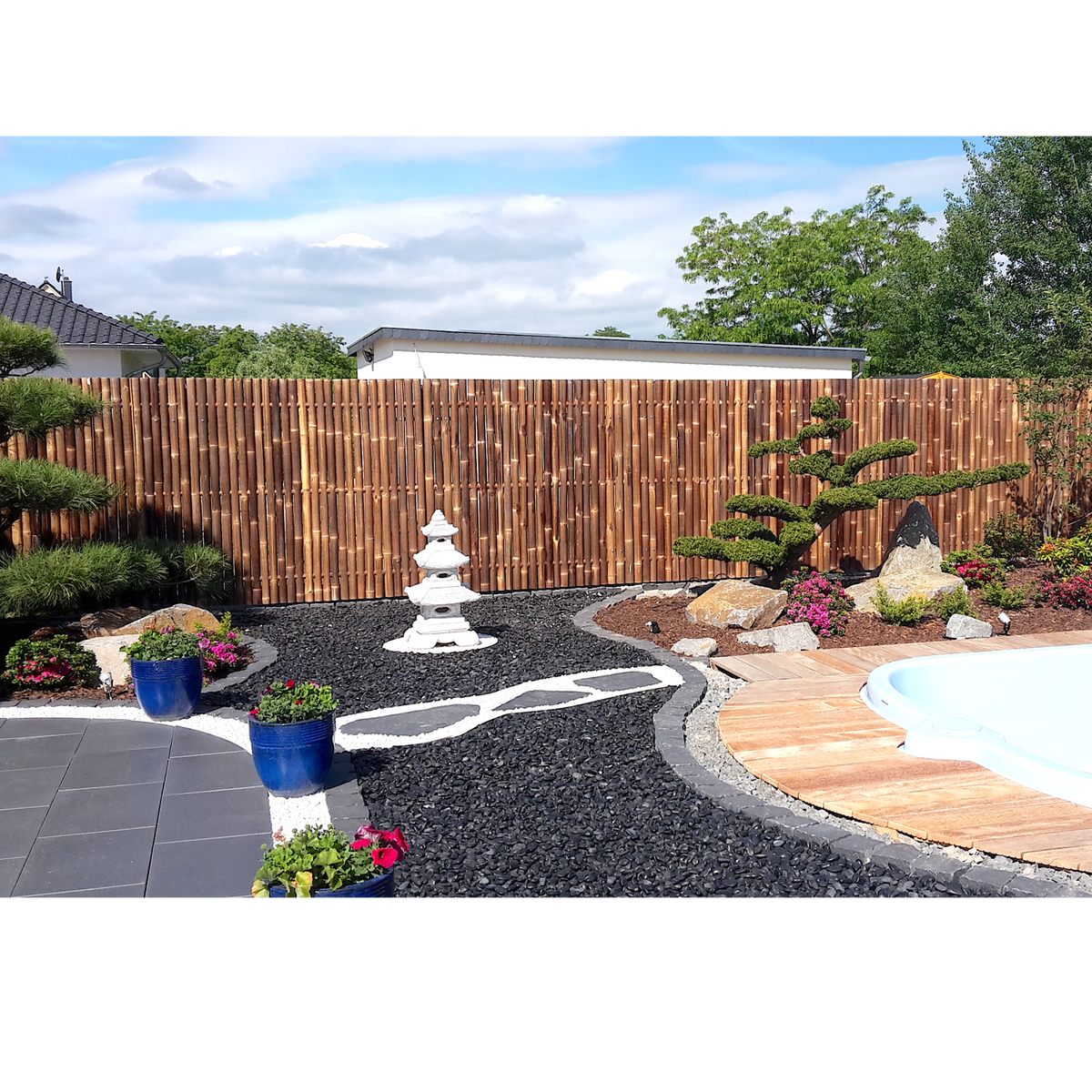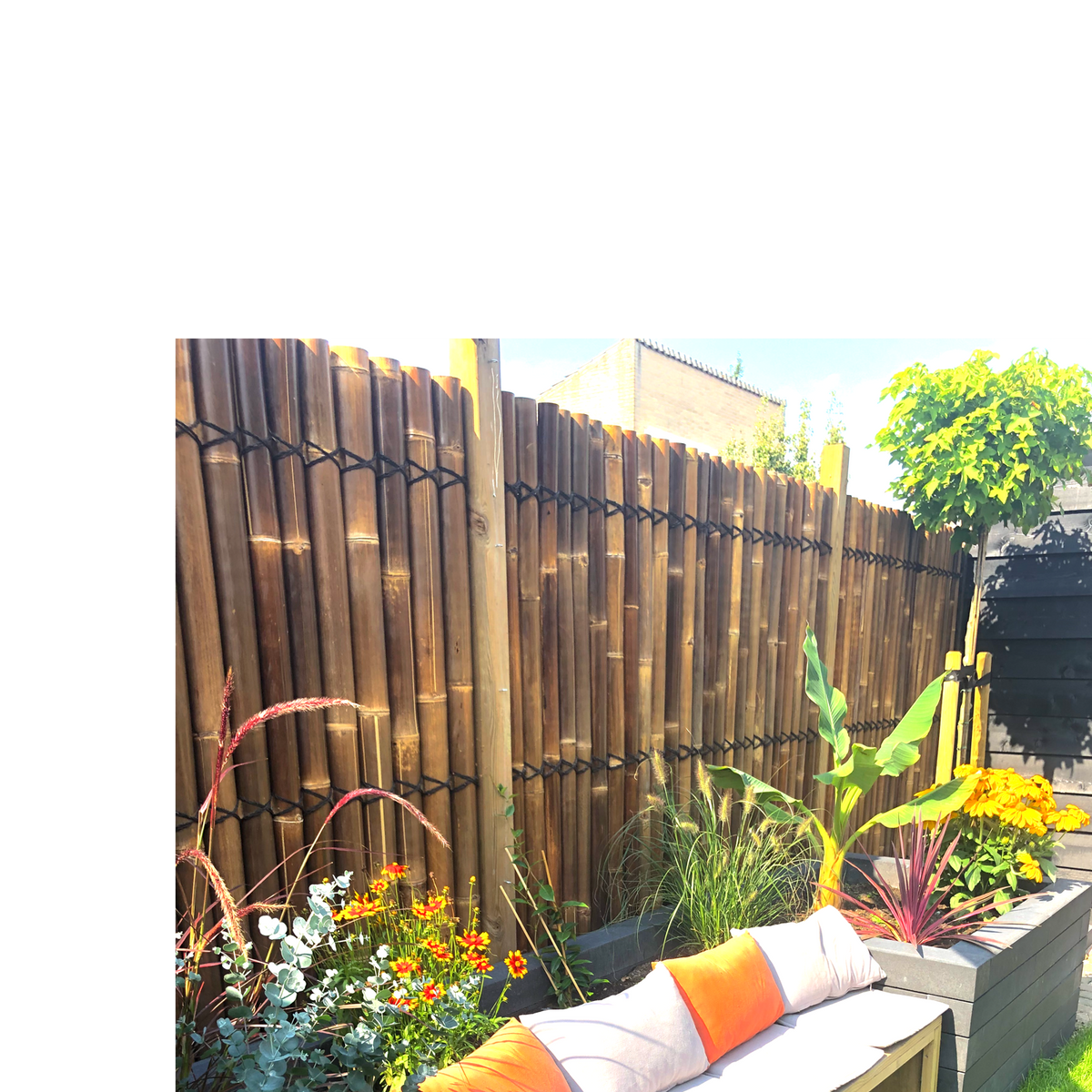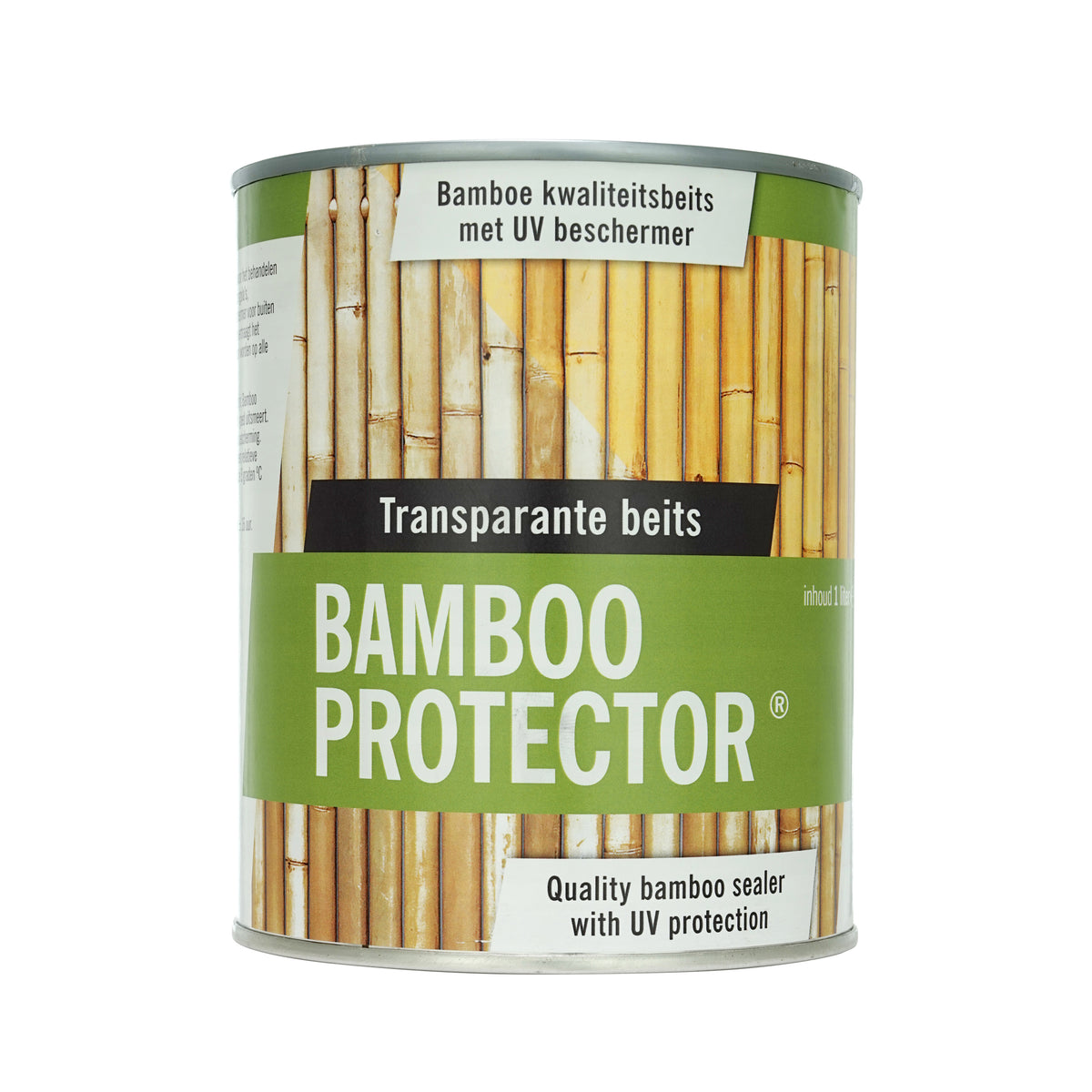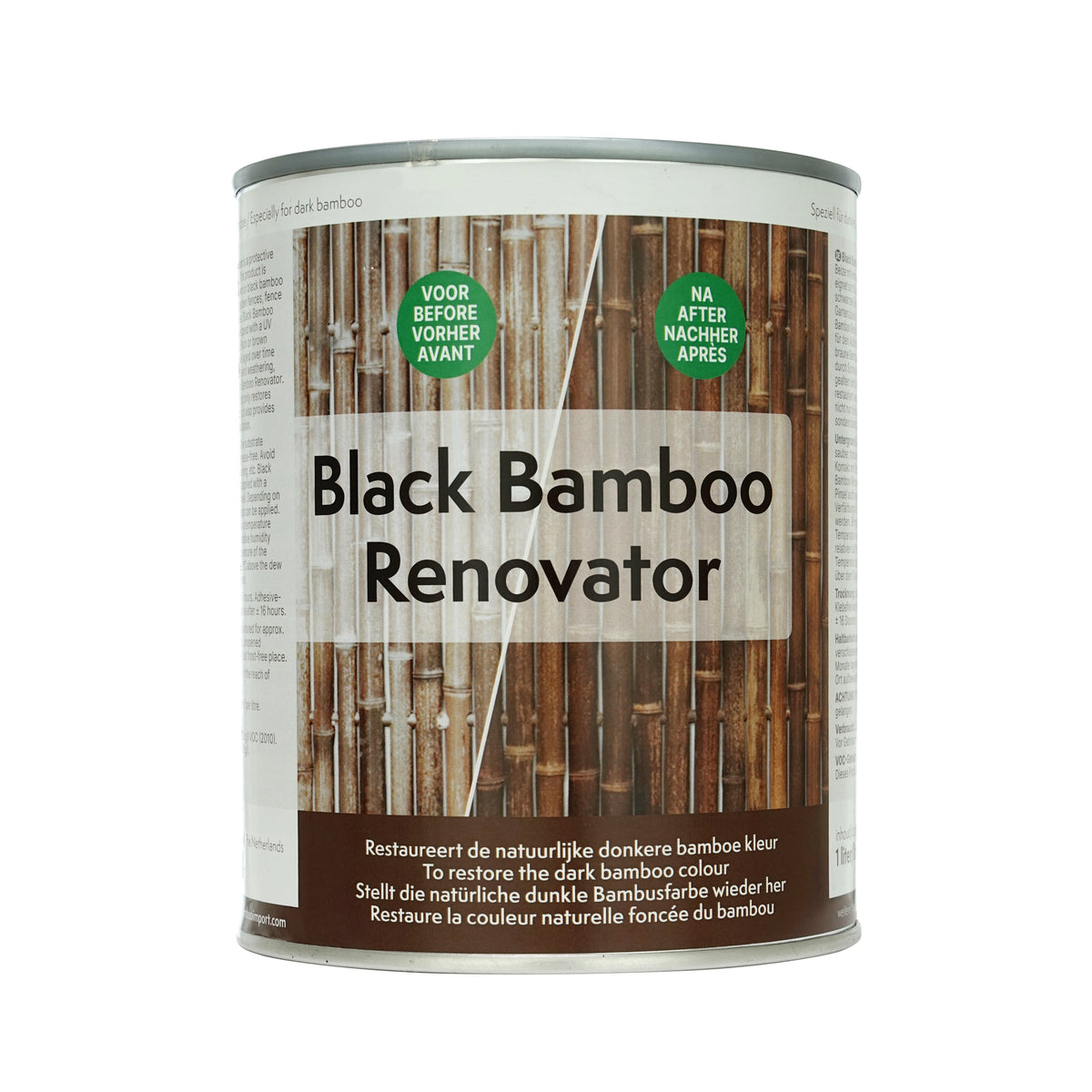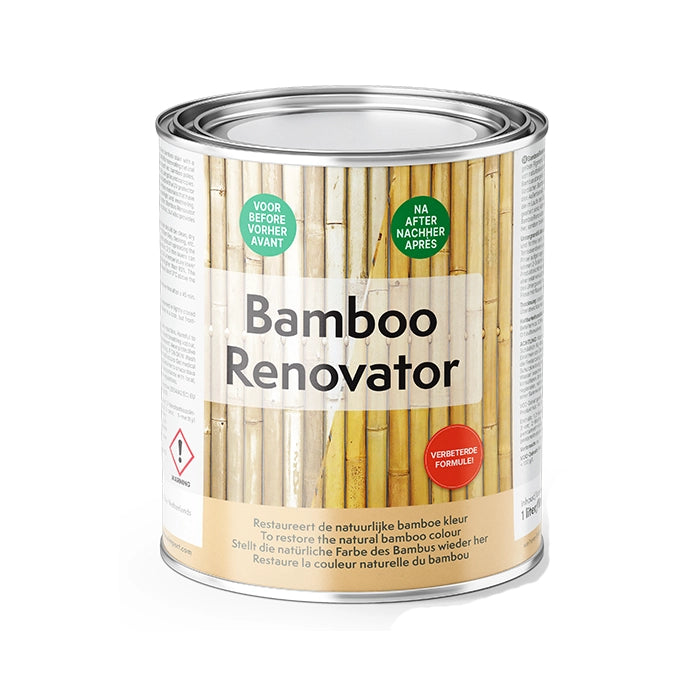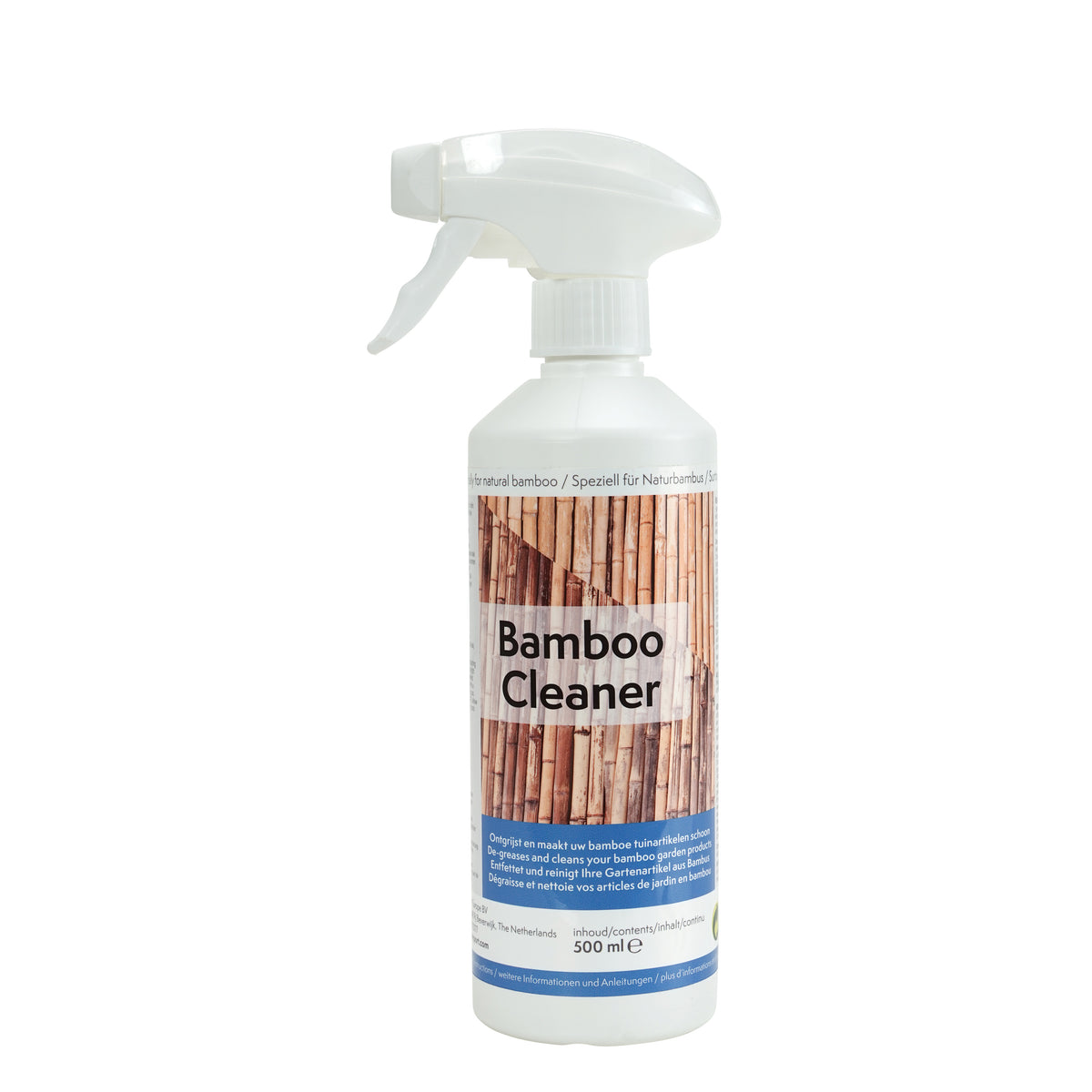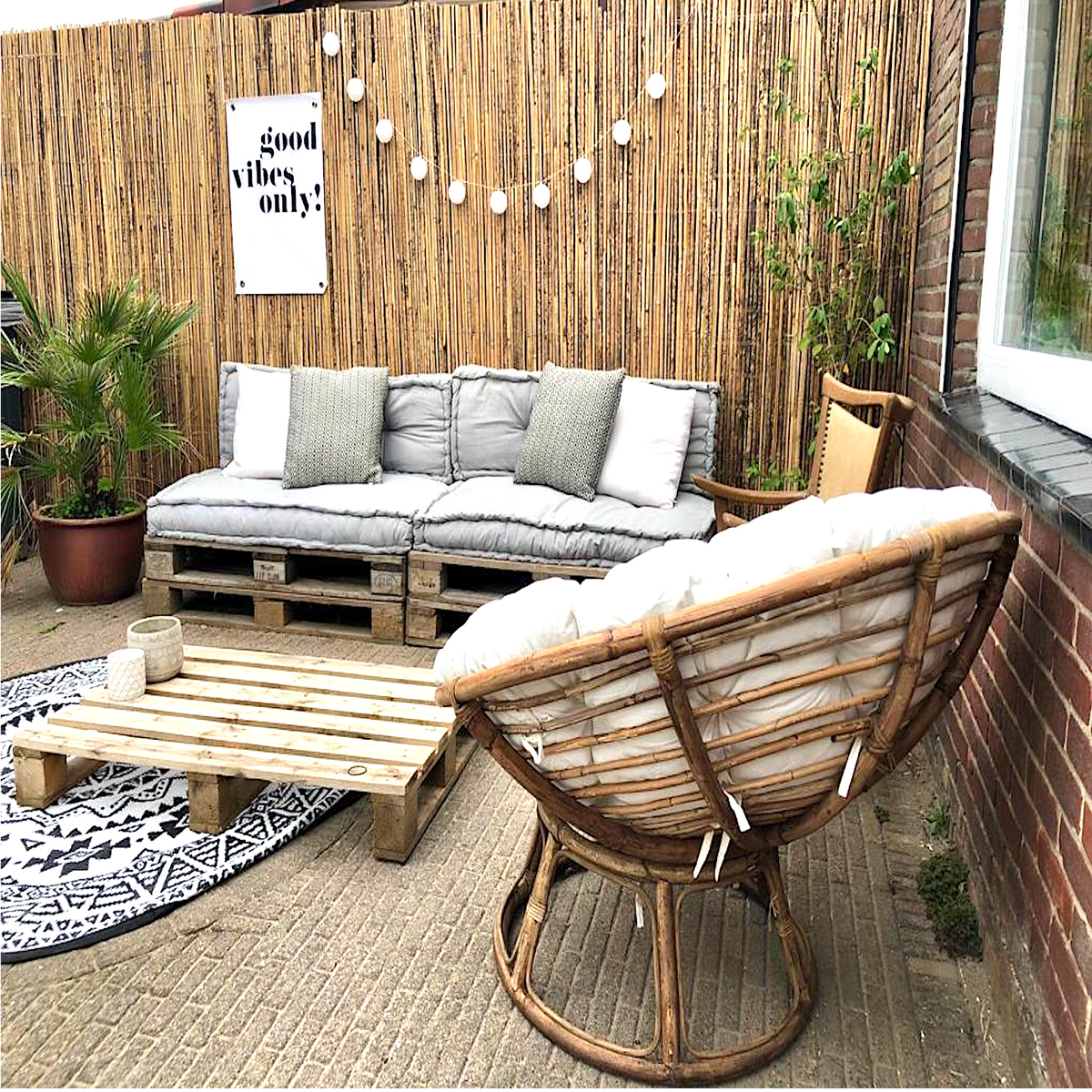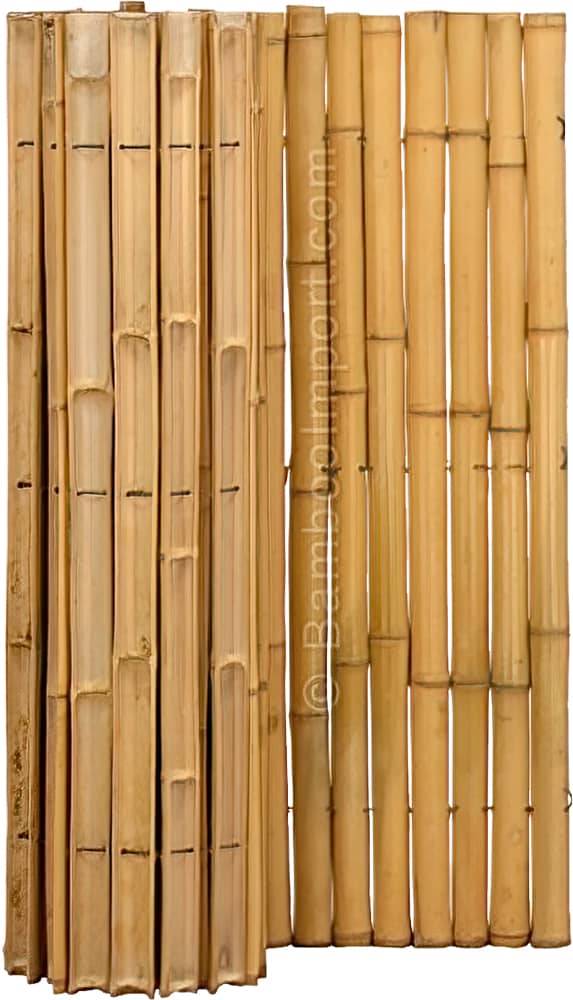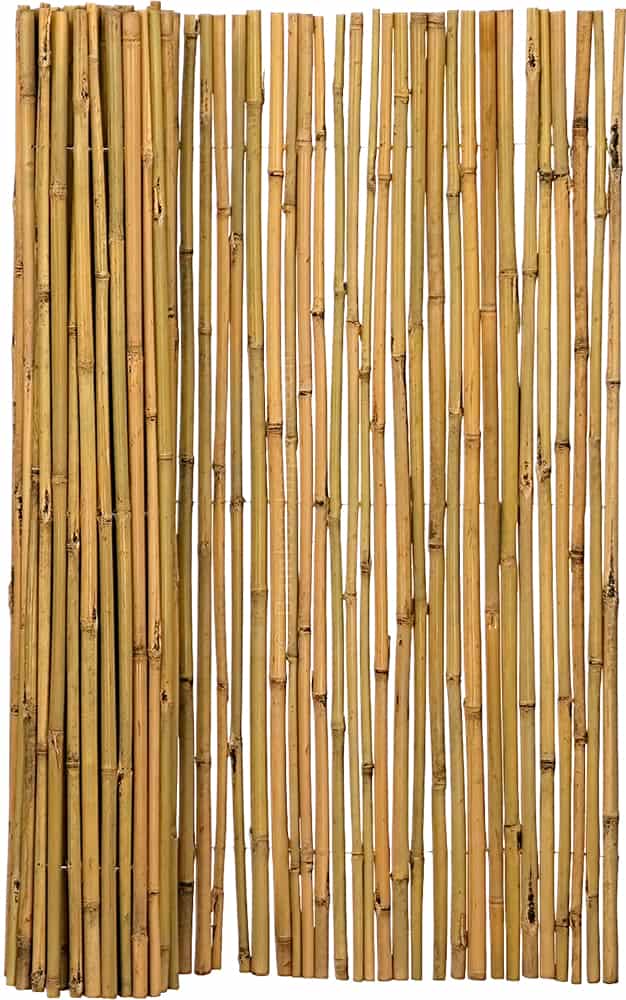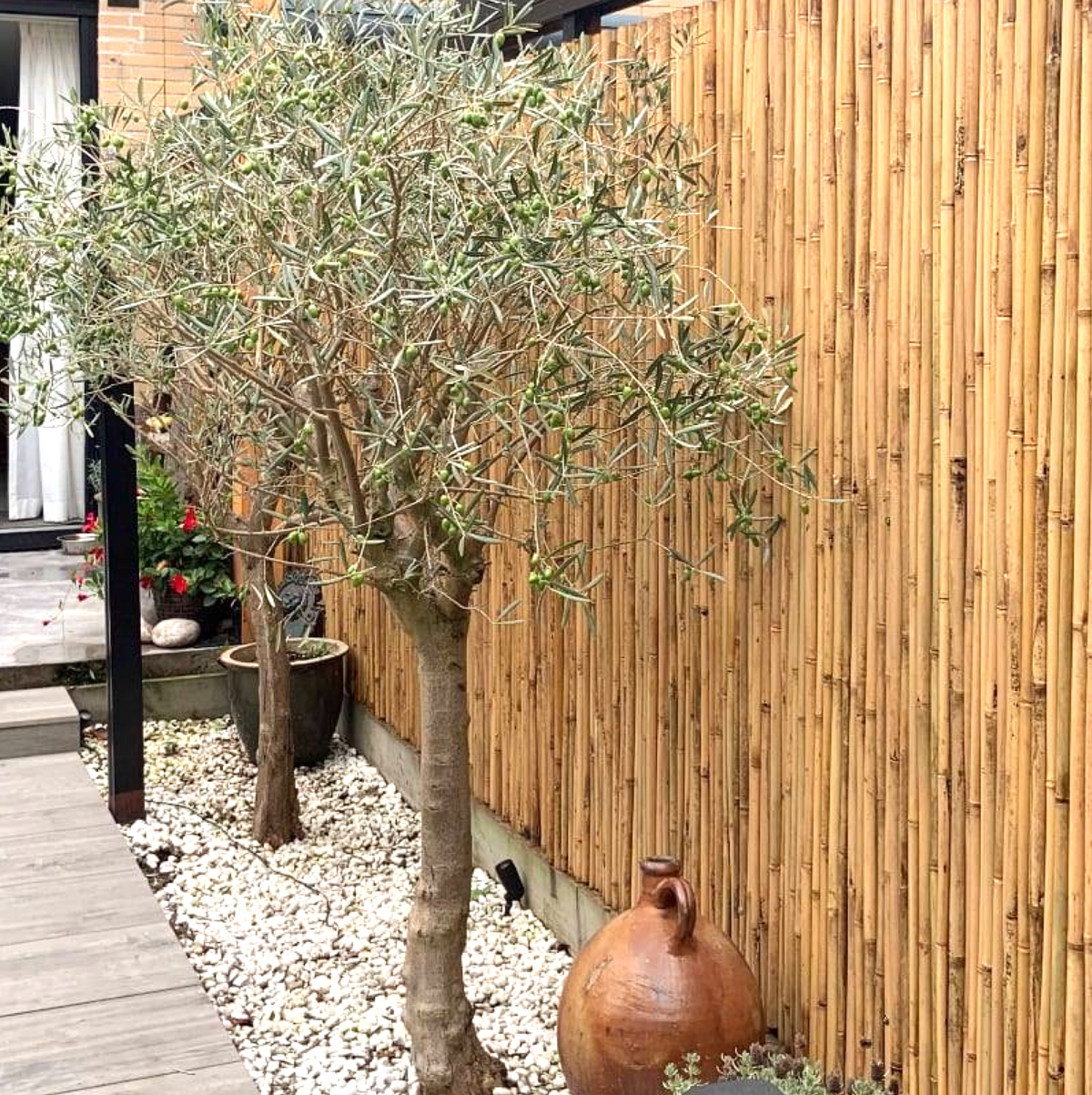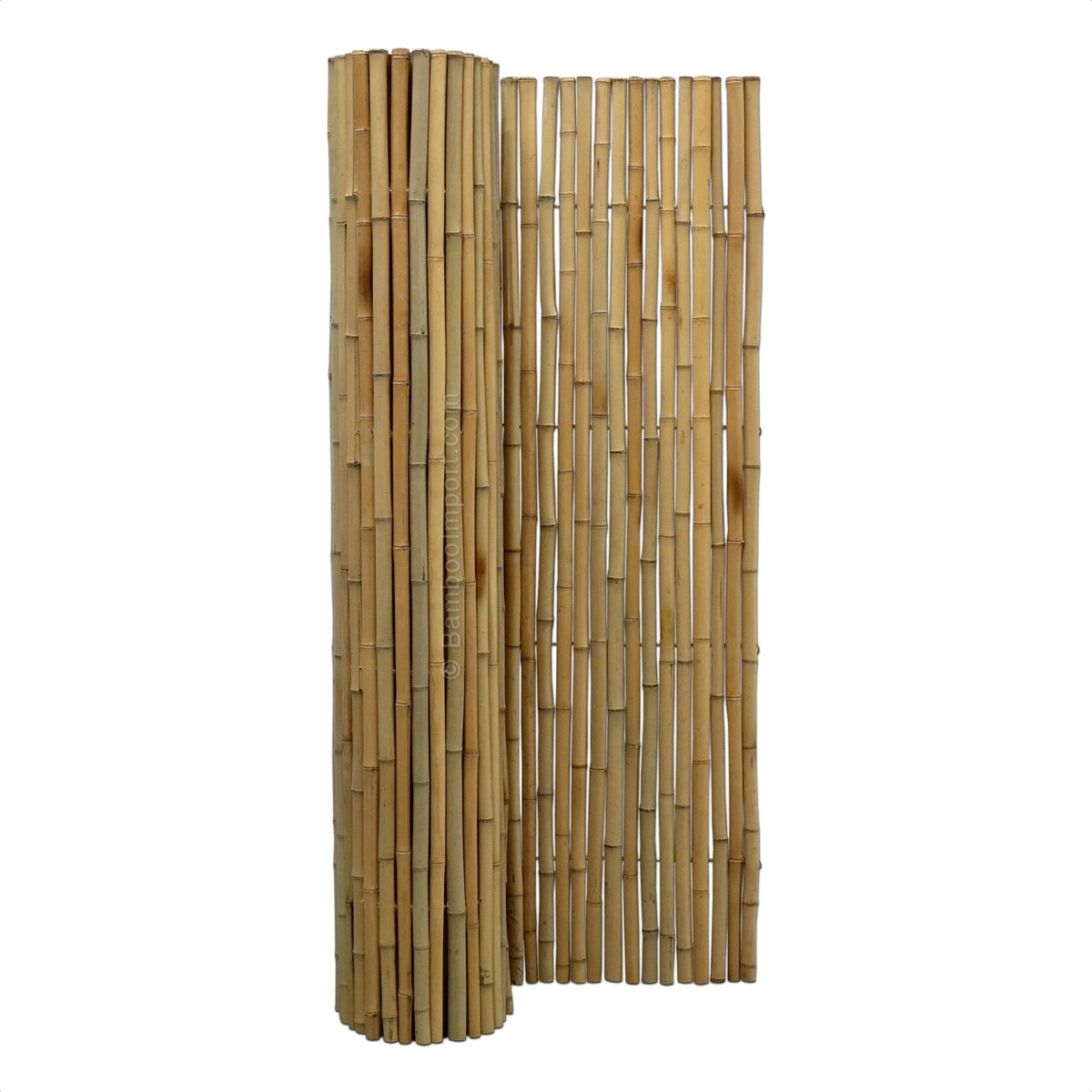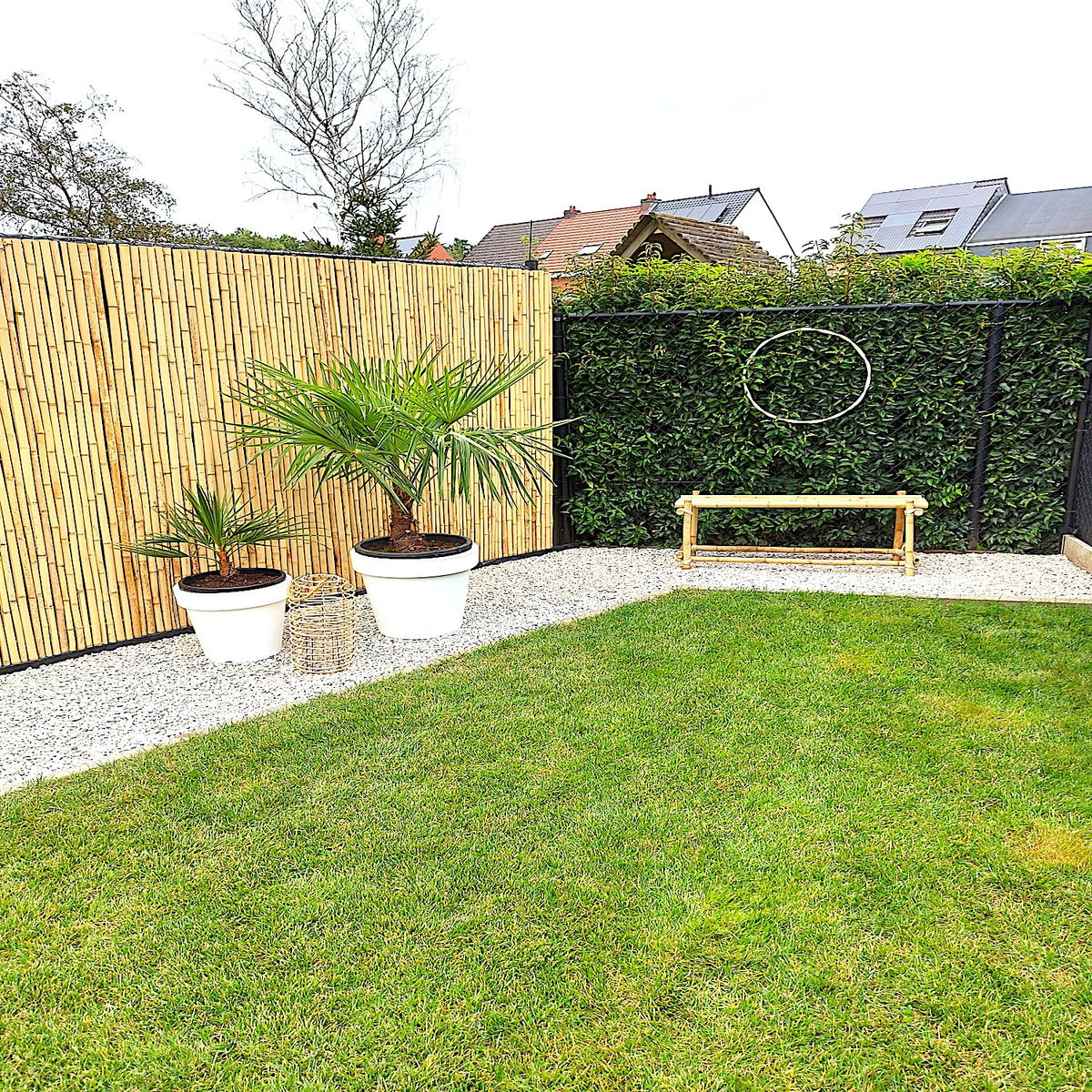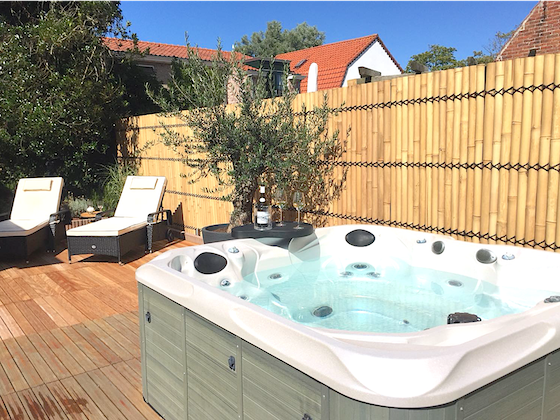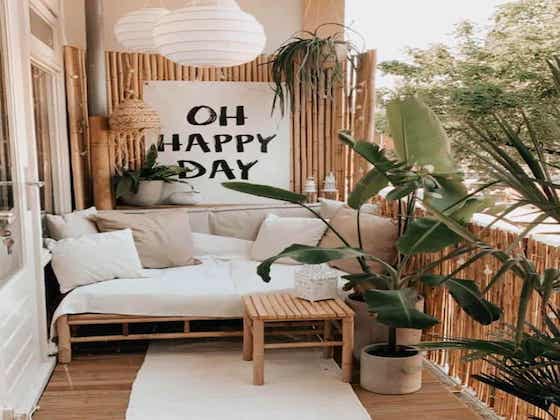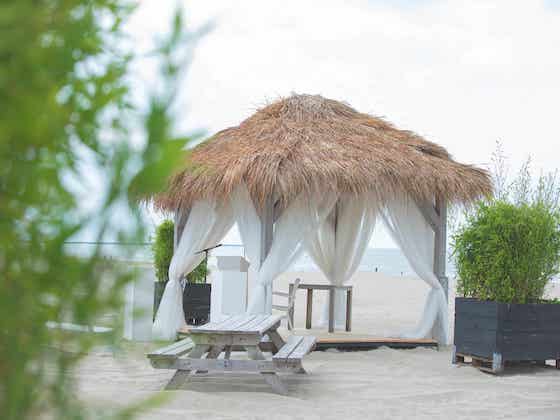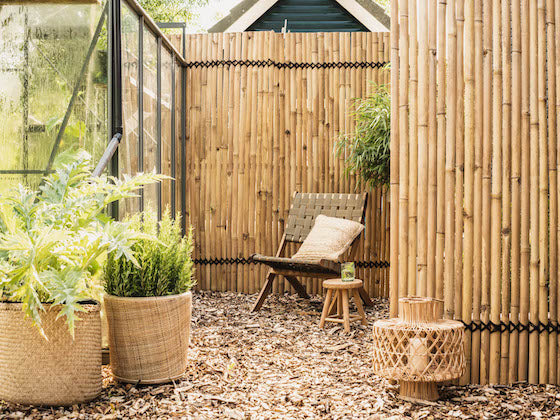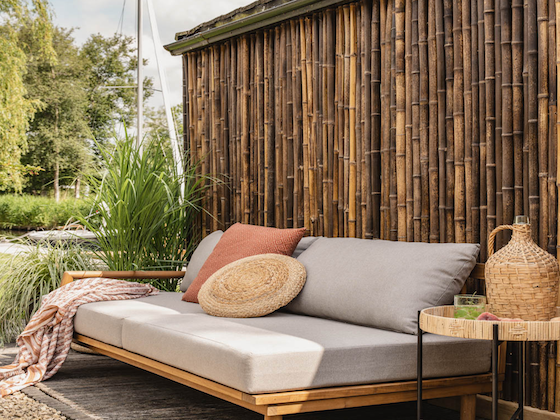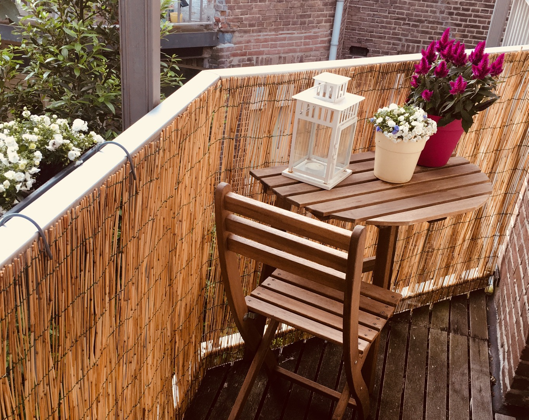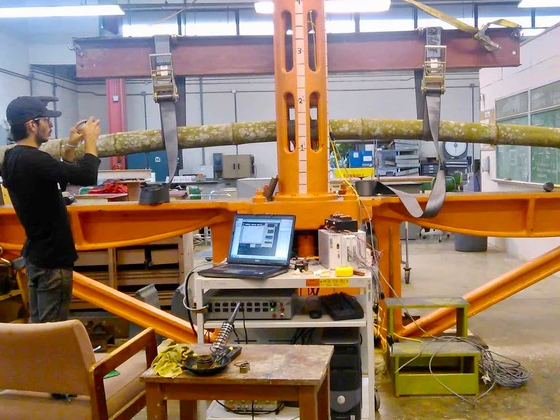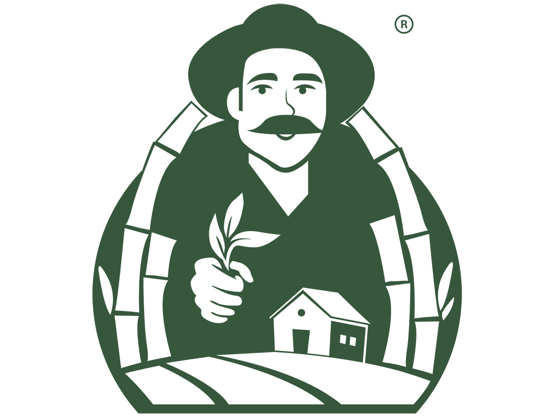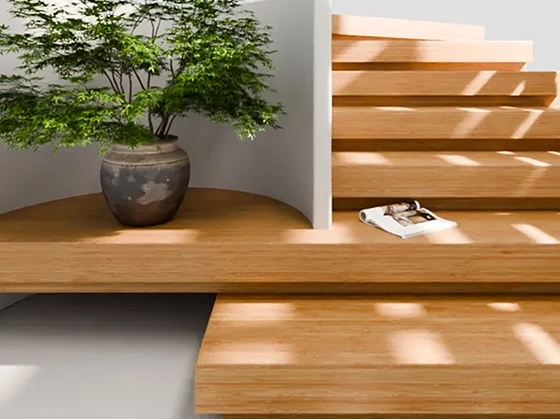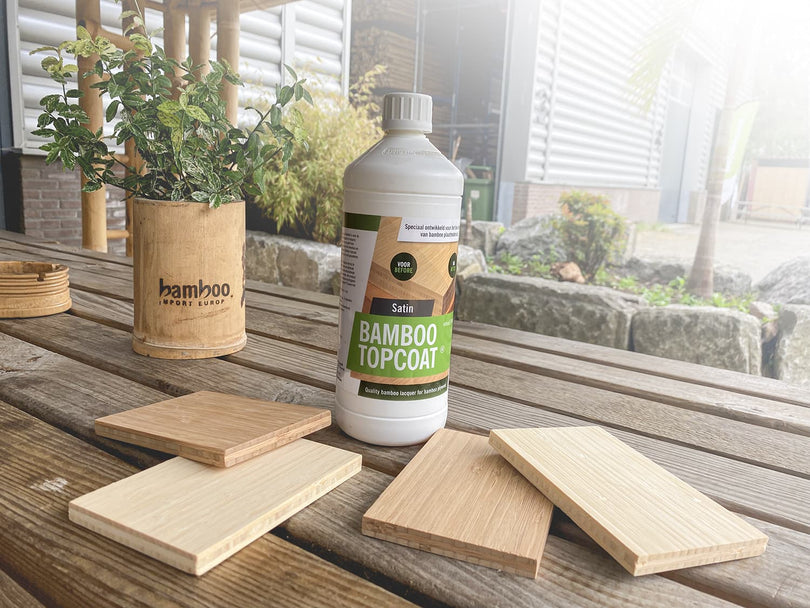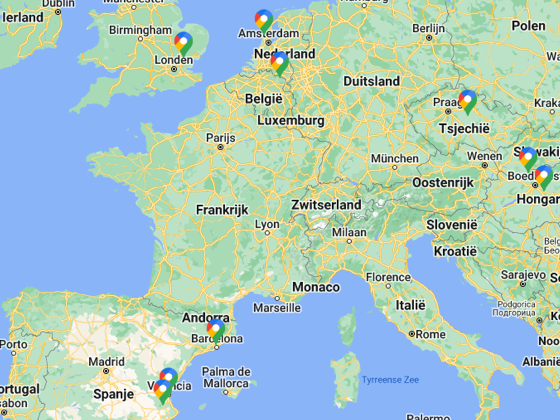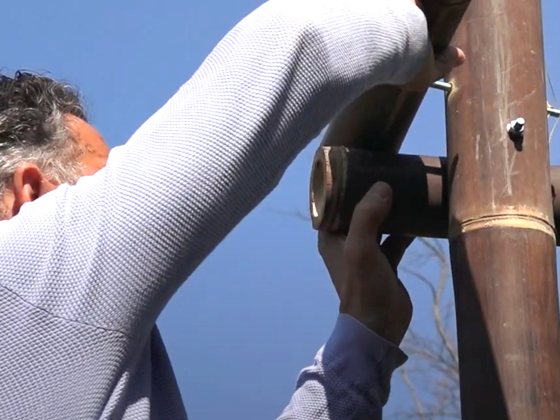Build your own deck with bamboo decking boards? In this manual we show you how to make a professional decking in 6 steps. With our automatic calculation tool you can easily calculate the required materials and quickly start laying decking boards.
Preparation
Good preparation is half the battle. So think carefully about how you want to lay your decking and make a sketch of your deck. This way you can easily calculate which materials you will need. Also draw on the sketches the laying pattern, foundation, joists and any sawing loss.
- How big do you want to make your decking terrace?
For a terrace with a dining table, 4 chairs and a lounger, you should quickly consider a terrace of 4 x 5 m (20 ft). Also indicate in which direction you will install the decking boards (lengthwise or widthwise). Decking boards are often laid parallel to the house for aesthetic reasons, which often means that no slope is taken into account. For an optimal lifespan of your decking boards we recommend 1-2% slope (1 cm per meter). - Where will you install your deck?
If you want to lay the deck on a flat surface, such as a roof terrace or balcony, you can use rubber tiles as a base. First calculate whether your roof or balcony is suitable to support the weight of the decking! If you want to make a decking in the garden or on the waterfront, it is important that you make a stable substructure / foundation on which the floor boards can be fastened. Think for example of hardwood foundation posts or adjustable floor supports. - What tools and materials do you need?
The tools and materials needed to build a deck depend on the subsoil. The following are always necessary: expansion rope, tape measure, pencil, long spirit level, crosscut saw, cordless drill, floor boards, joists and decking clips. Depending on which substructure you will be building, you will also need the following tools and materials: shovel, rake, drill, auger, post hammer, box cutter, ratchet, root canvas, rubber tiles, concrete tiles, adjustable floor supports, picket stakes and carriage bolts.
Calculate materials
Bamboo Import deck boards have a standard size of 140 x 1850 mm. So that means you need 4 boards per m2. Take into account not only the width dimension (140 mm) of the decking boards, but also the space between the boards (6 mm).

The distance between the joists may not exceed 50 cm (center to center). So 1 decking board is supported by 4 joists. To calculate the exact number of support beams and stakes, we give an example below:
- In this example, we assume a deck with a length of 500 cm and a width of 400 cm. To calculate the number of joists, divide the length of the deck by the beam spacing. In this example, 500 cm / 50 cm = 10 + 1 end beam makes 11. Then multiply this 11 by the width of your deck in meters, 11 x 4 = 44 meters. So for the total deck you will need 44 linear meters of joists.
- If you are going to use picket stakes as foundations, you can calculate the number needed in the following way: Divide the length of the deck in cm by 50 cm, and the width by 50 cm. Thus, for a deck of 500 by 400 cm, you need 500 / 50 = 10 pickets for the length, and 400 / 50 = 8 pickets for the width. So for the entire deck in this case, you will need 10 x 8 = 80 pickets.
Note! The foundation is the foundation of your deck, don't skimp on this and always stick to the advised span distance.
Building a Bamboo Terrace in 6 Steps
Step 1: Alignment and Foundation
- Decide where you want to make the decking and stretch out rope so you know where the joists should go. It can be easy to mark out the contours of the decking with small picket stakes. Keep in mind that the joists will be placed squarely under the deck boards.
- Level the ground with a shovel and a rake and make sure there is a good water-permeable soil structure under the decking boards. For example, you can create a substrate with layers of sand and gravel about 10 cm thick.
- We recommend making the decking at least 10 cm clear of the ground. This ensures a good ventilation space under the deck, so that it dries up quickly at the bottom after a rain shower. If the deck of the decking will be at a height of more than 50 cm, it is not necessary to level the ground.
- Once the foundation for your bamboo decking is ready, you can proceed with laying out the lines. Mark where the picket posts, floor supports or tiles should go by making a mark on the ground. Keep in mind that the picket posts should be spaced a maximum of 50 cm apart in width and 50 cm apart lengthwise from the decking boards. Dimensions are always center to center.
Step 2: Placing the picket posts
* You can skip this step if you are using tiles or adjustable floor supports.
- After aligning and marking the deck, it's time to place the picket posts. Using a 7-inch auger, make holes for the hardwood 6 x 6 foundation posts and hammer the posts into the ground.
- Place the picket posts about 80 centimeters deep in the ground, this will prevent the posts from rising during severe frosts.
- When positioning the picket posts, keep in mind that the support beams are mounted with M8 carriage bolts LONGIDE the post rows and not AT the post heads.
Step 3: Installing the root canvas
- To prevent weeds from growing between the decking boards, anti-root fabric is practically essential. If you are not using stakes, you can place the root fabric directly on the leveled ground.
- If you do have a foundation made with picket stakes, lay the anti-root fabric over the stakes and use a Stanley knife to cut a cross on each stake. Then you can easily slide the root canvas over the picket posts.
- Make sure there is always an overlap of about 20 cm when installing the rooting fabric. If necessary you can staple it all together with a tacker.
Step 4: Installing support beams
- Now that the root canvas is in place you can install the support beams. Use support beams with a minimum size of 40 x 60 mm. We recommend Azobe hardwood posts 45 x 70 mm and preferably in the upright position, i.e. with the 70 mm side up. This gives less deflection than when mounted horizontally.
- The fixing of the joists can be done in various ways, but always avoid direct contact with the ground. For example, use rubber/concrete tiles about 40-50 mm thick, or height-adjustable floor beams to support the joists. When fastening the beams to concrete tiles, it is best to use connection angles or impact bolts to secure them.
- When fixing to picket posts, the joists should be fixed to the side of the picket post and not on the posts. Mounting the support beams on the sides will provide more strength. Preferably use M8 x 120 mm carriage bolts for this purpose. The ends of the hardwood support beams should not lie directly against each other, keep about 5-8 mm spacing to allow them to work.
Important! For good drainage it is necessary to ensure that there is a slope of approximately 1 cm per meter so that no rainwater remains on the boards.
Step 5: Laying the decking boards

Fixing our bamboo decking boards is very easy. Instead of screws through the decking boards to have to screw, our bamboo decking boards are equipped with a recess so that the special decking clips into the boards grab. In this way you can attach the decking boards blind (screws are out of sight) which is obviously much nicer. Moreover, by using the mounting clips you immediately have the correct distance between the decking boards and the material can "work" with weather changes.
Because of the good stability of the Bamboo Import decking boards and the shape of the knife/groove at the end, there is no need to leave a space between the boards at the end. The end edges (tongue and groove) do need to be impregnated with oil or wax to prevent water penetration.

When using several lengths of decking boards for your deck, it is advisable to stagger the seams each time. For example, you can lay the deck in a half-stone bond or wild pattern. This gives a very nice look and also provides extra stability. Sawn-off decking parts should always be laid on at least 3 joists. Install the ends of the decking boards on the joists as much as possible. If a random pattern is desired, the distance between the joists should be a maximum of 300 mm (center to center).
Installing bamboo decking boards with decking clips
- Determine which side of the board will be used as the top side (ribbed or smooth side).
- Start by laying the first decking board in a corner of the deck. Leave at least 2 inches of space between the decking and any walls or obstacles. This will ensure good ventilation.
- Place the end clip in the groove of the decking board.
- Drill the hole for the screw. Hardwood beams always pre-drill with a drill bit diameter 3.2 or 3.5 mm and 8 -11 cm length.
Screw the screw into the end clip and joist without fixing. - Now place the next bamboo decking board and use the standard intermediate clips.
- Turn the screw into the intermediate clip and joist. Always screw perpendicular to the beam. Always use the cordless drill at low speed and low torque. Do a few tests to tune the torque before starting the full installation. If necessary, use green soap on the screws for smoother tightening.
- Once you are satisfied with the result, you can fully tighten the screws.

Installing bamboo decking boards with screws:
- Drill the hole for the screw left and right at 20 mm from the sides.
- Use stainless steel screws of approx. 5.5 x 50 mm.
Step 6: Finishing the decking
- Feel free to cut the decking boards that stick out. Depending on the length and design of your decking, you can use this sawed-off piece for laying the next course. Any joists that are too long can be sawed off as a final step. You can finish the sides with a standing board or an edge board.
The sawn-off ends should be impregnated with oil or wax to prevent the penetration of water. - Now that the entire decking has been installed and neatly finished, it is wise to sweep the bamboo decking clean to remove any dust or sawing residue.
- To prevent discoloration of the decking, it is advisable to oil the bamboo decking twice a year. The best time to perform the first maintenance is 3 - 4 months after installation. With our Bamboo Shield Outdoor oil you ensure that the decking retains its beautiful color. You can also prevent color difference by regularly moving your patio furniture and/or storing it during the winter.
So! Your bamboo decking is now ready for use. Do you still have questions about our products or the installation and maintenance, do not hesitate to contact us today.


